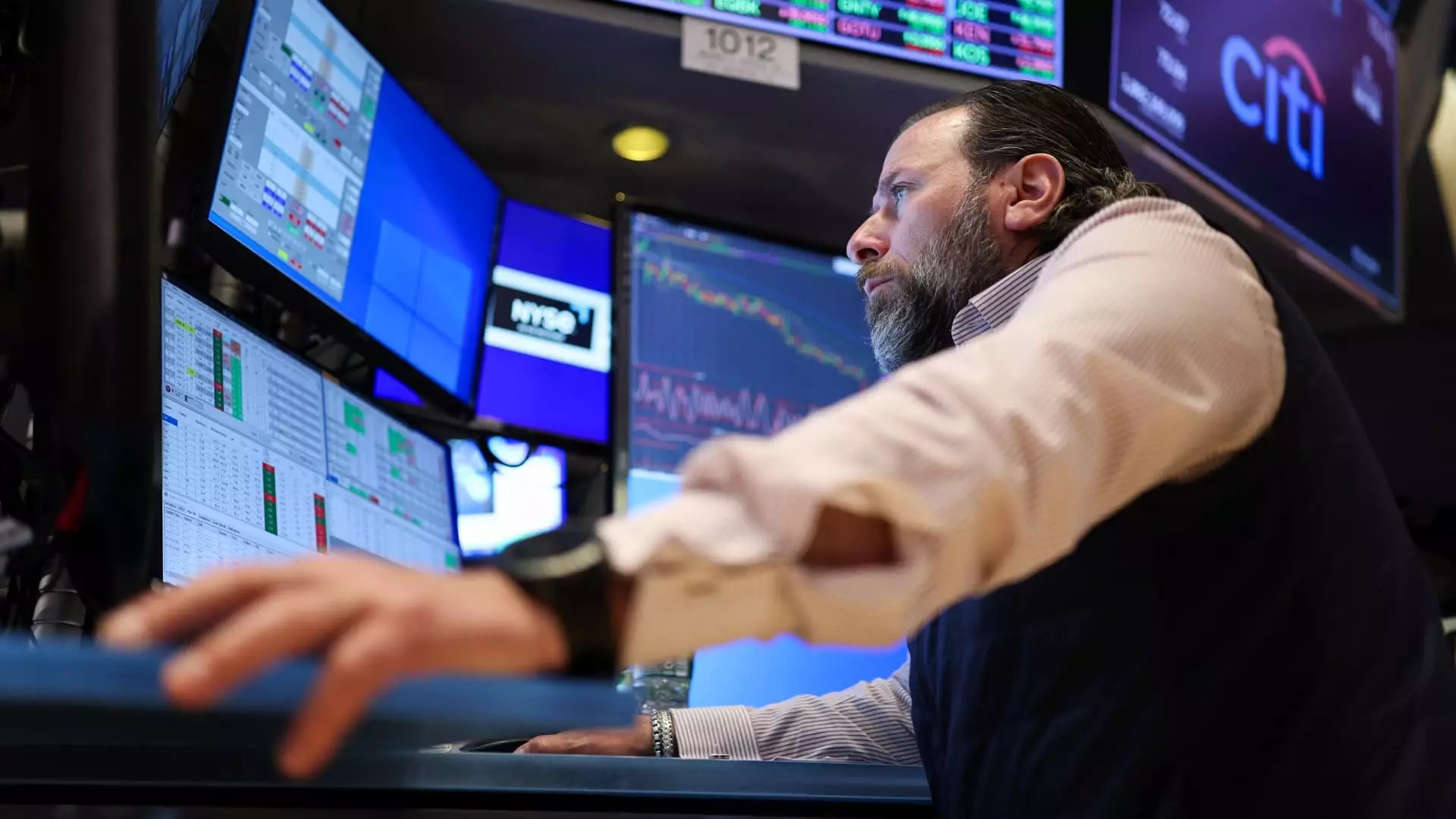As economic uncertainty looms over the upcoming years, the stock market landscape is poised for shifts, particularly in the retail sector. Dollar General, a discount retailer synonymous with affordability, has seen an incredible surge, with its stock price rising by over 13% in 2025 alone. Chief market strategist Gina Sanchez from Lido Advisors echoes the sentiments of many as she predicts a downturn in economic growth by the latter half of 2025. However, despite this optimism surrounding Dollar General, it’s critical to delve into why this apparent success may be more clouded than it appears.
Consumers today are more financially conscious than ever, driven to seek value in every dollar spent. This phenomenon is often seen in economic downturns where individuals shift towards discount retailers. Yet, it raises alarming questions about the overall health of our economy. While Sanchez expresses confidence in Dollar General’s profitability due to an increasing base of thrifty consumers, we must ponder the long-term implications: is this reliance on discount shopping a sign of deeper fiscal strain among a majority of Americans?
Labor Costs and Operational Challenges
Despite the burgeoning popularity of stores like Dollar General, the realities of operating a discount chain come with significant challenges. Sanchez points out hurdles such as remodeling expenses and rising labor costs which could hinder profitability in the long run. In an era where inflation is creeping up and wages are struggling to keep pace, the operational costs for retailers can easily be underestimated.
It would be naive to ignore the fact that for every percentage point gained in stock prices, there exists an inherent risk that could threaten the stability of the business model. As consumers rush to find more value, they do so at the expense of the company’s margins. What happens when the price point that is considered “affordable” becomes inadequate as the cost of goods fuel inflation? It’s a precarious balancing act: provide value to the shopper while sustaining an operational framework that can withstand financial turmoil.
The Lululemon Dilemma: A Brand in Transition
On the other side of the retail spectrum, we find Lululemon, a brand that has faced its own struggles recently, with shares plummeting 25% this year. The issues faced by this high-end athletic wear company starkly contrast Dollar General’s success but raise the same questions about consumer confidence. Lululemon’s problems stem from diminished foot traffic and overall weaker-than-expected spending, a troubling trend for any retailer but especially grim for a premium brand.
While Sanchez holds onto Lululemon shares for now, the brand’s growth strategy—leveraging new markets like Italy and Turkey—seems far more tenuous than it appears. Expansion into international markets can be a double-edged sword, as it can offer a lifeline but also presents significant risks, especially with cultural and economic disparities. The question stands: can Lululemon hold onto its aspirational brand identity without alienating its core consumers in the midst of fluctuating economic conditions?
Oracle’s Tenuous Standing in a Competitive Market
The struggles don’t end there. Oracle is another stock Sanchez remains neutral about, particularly after setbacks related to the Defense Department cutting back on its software usage. The days of unchallenged growth for tech giants may be fading, as innovation is rapidly met with scrutiny and budget cuts across sectors. Oracle’s recent near-16% dip in share price within 2025 serves as a stark reminder of how quickly fortunes can change in the tech landscape.
Despite Sanchez asserting that Oracle’s strategy may yet tap into the growing fields of artificial intelligence, there remains skepticism surrounding whether traditional companies can adapt fast enough to keep pace with startups that operate in the same field. The hesitancy shown by the government in choosing Oracle’s software hints at a larger trend where once market-leading solutions are becoming less relevant, leaving us to ponder how sustainable Oracle’s growth narrative truly is.
The Role of Macroeconomic Factors
As fiscal policies evolve and economic concerns mount, the impact of macroeconomic factors on consumer behavior cannot be overstated. Wage stagnation, inflation, and shifting trade policies will play uncontrollable roles in not just the future of these companies but the overall integrity of the economy. While dollar stocks like Dollar General may shield themselves temporarily amidst these adverse conditions, we must ask ourselves what this means for consumers who feel forced to make compromises in their shopping experience.
The dance between stock performance and consumer realities is intricate; as such, it’s vital to acknowledge both the visible surges and the hidden challenges. The underlying stories of economic distress are more than mere headlines; they reflect a systemic risk that could alter the fabric of consumer spending and brand loyalty in the near future.


Leave a Reply